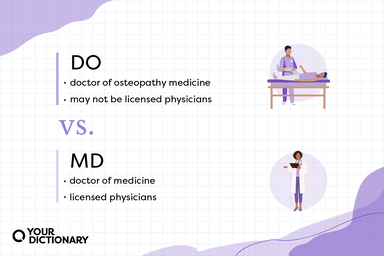As minister of public instruction in the Brisson cabinet of 1898 he organized courses for adults in primary education.
The progress of primary education is illustrated by the fact that, while in 1885 there was one school for every 2665 inhabitants and one pupil for every 48 inhabitants, in 1898 the figures were 1643 and 31 inhabitants.
In the republican chamber elected after the 16th of May, he became minister of public instruction (December 1877), and proposed var i ous republican laws, notably on compulsory primary education.
He became a member of the Committee of Public Instruction early in 1793, and after carrying many useful decrees on the preservation of national monuments, on the military schools, on the reorganization of the Museum of Natural History and other matters, he brought forward on the 26th of June his Projet d'education nationale (printed at the Imprimerie Nationale), which proposed to lay the burden or primary education on the public funds, but to leave secondary education to private enterprise.
For the special supervision and encouragement of indigenous primary education in monastic and in lay schools, each circle of inspection is divided into sub-circles corresponding with one or more of the civil districts, and each sub-circle is placed under a deputyinspector or a sub-inspector of schools.





